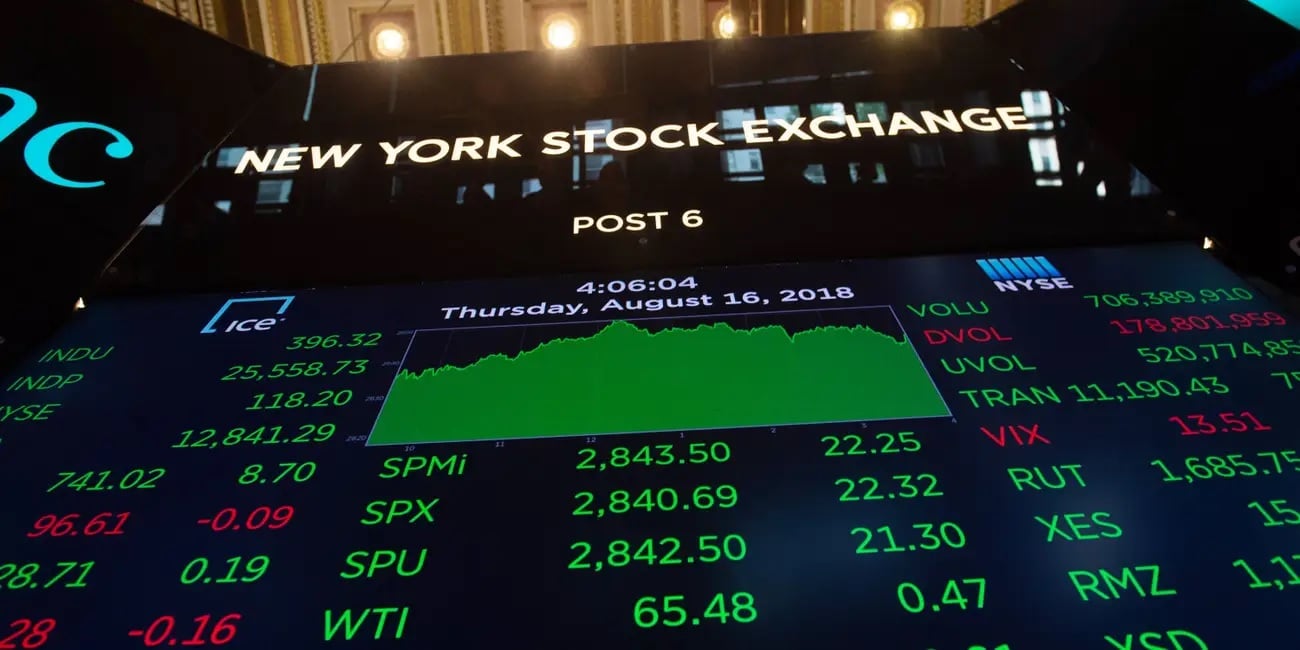Established on January 1, 1984, the Russell 3000, Russell 2000 and Russell 1000 indexes are maintained by the FTSE Russell Company, which is a subsidiary of the London Stock Exchange Group.
The Russell 1000 index represents the top 1000 large-cap companies by market capitalization in the United States. These are companies that have a market capitalization value of over $10 billion.
Large caps are considered lower-risk than small-caps, tend to pay dividend yields, but they also typically post lower returns.
Each year at the end of the second quarter, the 3000 index is rebalanced, re-ranking the top 3,000 stocks. The largest 1,000 stocks enter (or re-enter) into the Russell 1000, while the smallest 2,000 stocks are slotted for the Russell 2000.
While it is possible to individually purchase shares of each company represented in the Russell 3000 index, it’s simpler to purchase an exchange-traded fund (ETF) or an index fund that that tracks the performance of the target index. Investors cannot invest directly in a stock index, which track the performance of different groups of stocks.
The 2023 Russell Reconstitution takes effect and the newly recalibrated indexes begin to operate at the open of US markets on Monday, June 26.
